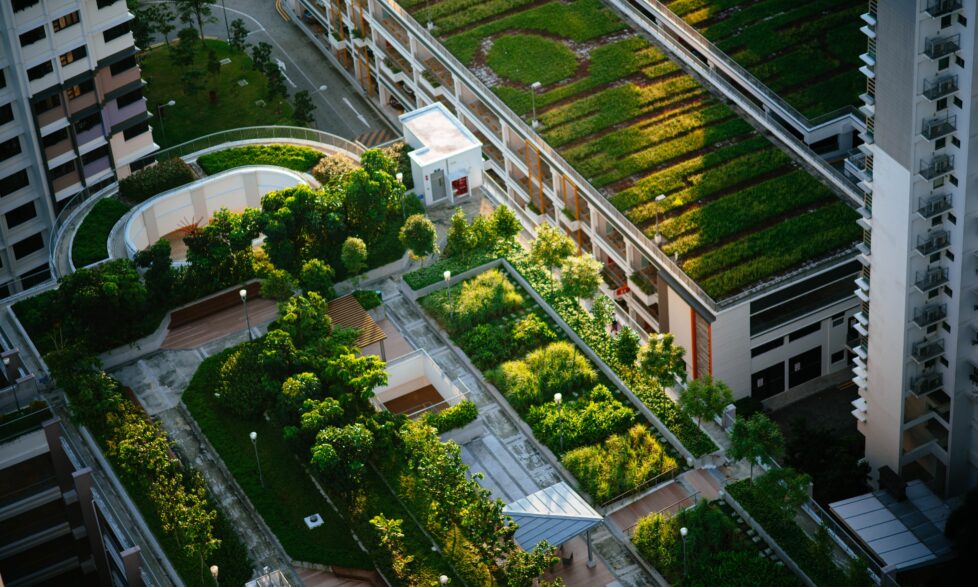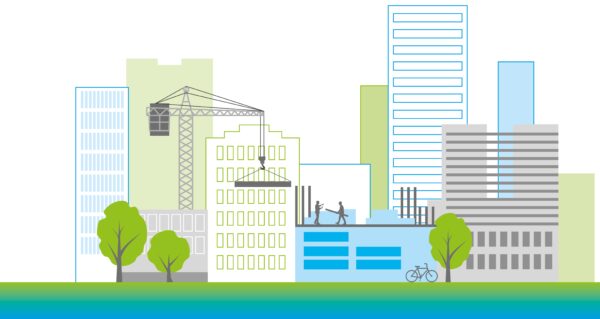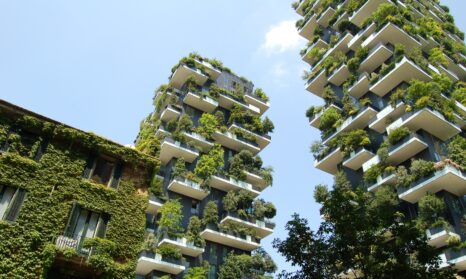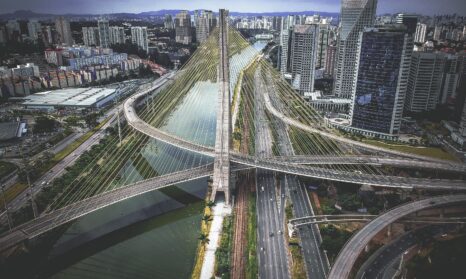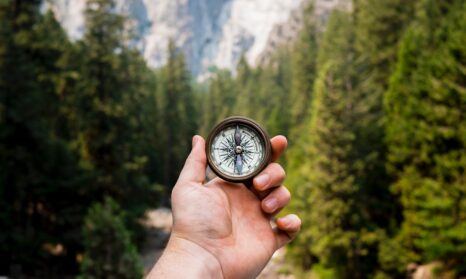Implementing the SDGs in your business: Q&A with Davide Stronati, Global Sustainability Leader from Mott MacDonald
Why is it important that companies in the built environment implement the SDGs?
First because of the sector’s impact. A big asset will completely change its surrounding social and environmental landscape. For that reason the whole life of the asset needs to be designed, framed and assessed through the SDGs.
Second is the business case. I like to see the SDGs as ‘megatrends’ – a fancy buzzword in the business community. Megatrends are major shifts that reshape society. The SDGs represent 17 megatrends that are societal needs, and I want to believe that the main aim of business is to address societal needs. You’d surprised by how many businesses are addressing their purpose – asking why they exist instead of just maximising profits.
Build a better future: the built environment and the Sustainable Development Goals
Built environment companies are struggling to get to grips with the Sustainable Development Goals. So we've created an easy-to-digest guide with practical advice on how to get started. Let's build a better future together
Download PDFCan you talk us through how Mott MacDonald is putting the UN SDGs at the heart of what you do? Where has this been most effective so far, and where do you face challenges?
We’ve defined sustainability at Mott MacDonald as ‘using our ingenuity to deliver lasting value for all’. And our 12 signposts to sustainability help us embed sustainability into our work. The first signpost, for example, is about engaging with clients. It is only in partnership with them that we can drive innovation and sustainable solutions.
Where it’s been most effective so far is the fact that now in Mott MacDonald there’s a great awareness and acceptance of the SDGs. I’m pleased to say that my colleagues get it, it is not a struggle.
Quantifying the value that sustainability can bring is a challenge. One of the criticisms of sustainability is that it is just another cost, that it doesn’t deliver value. So while we’ve made good progress in quantifying the value of cutting carbon – it cuts costs in a very direct way – the challenge is in quantifying the broadest social and environmental values in a robust way. But it’s a good challenge to have and I’m positive we are on the way to resolving it pretty soon.
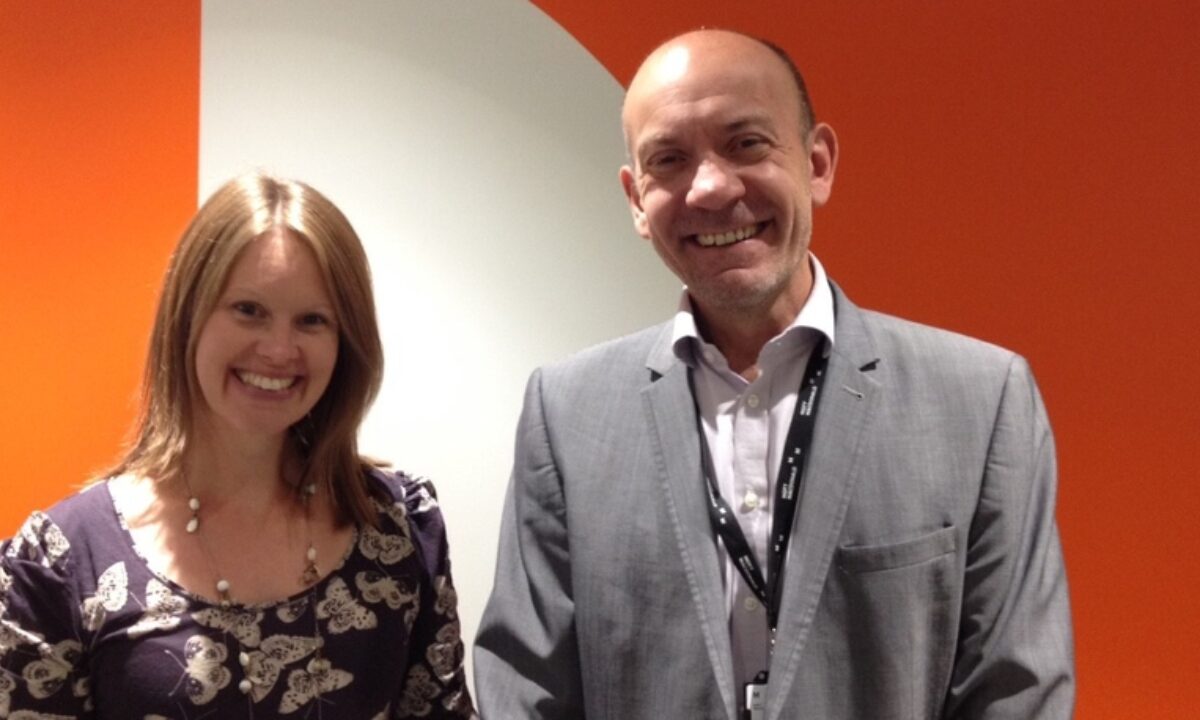
What progress has Mott MacDonald made in implementing the SDGs?
The SDGs now inform our Integrated Sustainability Reporting, decision-making and strategy. We’ve made commitments in four key areas that we believe will impact our business in the future, and I’m pleased to say we’ve made sure that these commitments are in alignment with almost all of the SDGs.
What is your top tip to other construction and property companies who might be struggling to get to grips with the SDGs?
Understand your company’s values and business strategy, get to know the SDGs, and then create a narrative that fits within the framework of your strategy. Not only can the SDGs help deliver your strategy, but they should influence it too. You’ll need to take into account the many environmental and social factors that will affect your business in the near-future.
The Institution of Civil Engineers (ICE) has identified six priority SDGs for the sector. Is it looking to develop specific actions?
I think a big success is that the upcoming Global Engineering Congress (GEC) is centred on the SDGs – especially since it is part of ICE’s bicentenary programme. But what’s after the party? That’s even more important for me. I wouldn’t feel satisfied if life goes back to normal the following Monday. So we are working on a legacy piece in which all the institutions involved at the GEC take ownership of the outputs in their own countries, and collaborate to achieve a greater impact.
What got you interested in the world of sustainability – was there any single ‘epiphany’ or moment that made you see the light?
Interestingly enough, I didn’t see the light, I saw the fog! I saw the complexity of our society and of everything we do, and to me sustainable development was the best way to address that. It’s also just sheer passion and interest for what’s going on around me and a desire to make a difference.
What is your advice for people working in the industry who may not have ‘sustainability’ in their job title but who are keen to make a difference?
I think everybody, regardless of their job title, can make a difference. I would almost say that they have a much bigger role and influence. We made a fantastic video in which colleagues around the world said what sustainability means to them. Everybody participated – from the drivers to the receptionists to the engineers. For a driver in our Hong Kong office, it was to drive safely and save energy and petrol, which was brilliant. So everybody absolutely has a role to play.
How optimistic do you feel about the future and potential for the construction industry to change?
My friends and colleagues would say I’m a bit grumpy about the present! But I’m actually very optimistic about the future because I always hope and work for the best.
I think working in sustainability needs a slightly “schizophrenic approach” – you need to be “pessimistic” about the present and to realise your resources are limited, but “optimistic” about the future and to know that it is going to be brighter. Even if not in five years’ time, it is going to be bright in ten, fifteen, twenty years. So I’m still a bit concerned about the short term, but very optimistic about the future.
Discover how Bioregional can help you with implementing the SDGs in your business.




